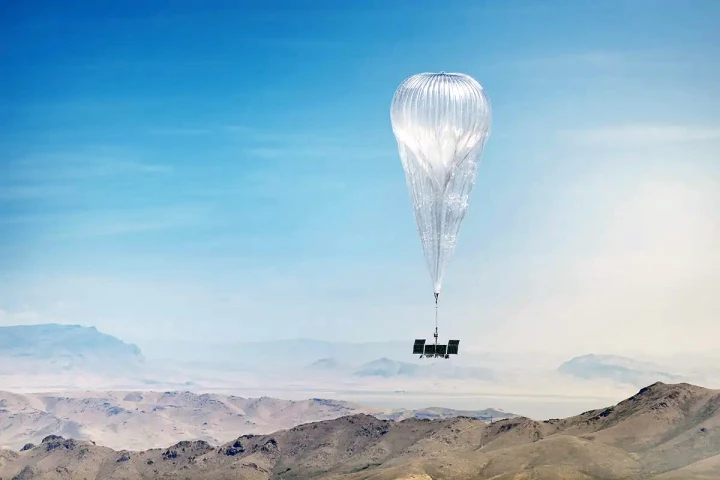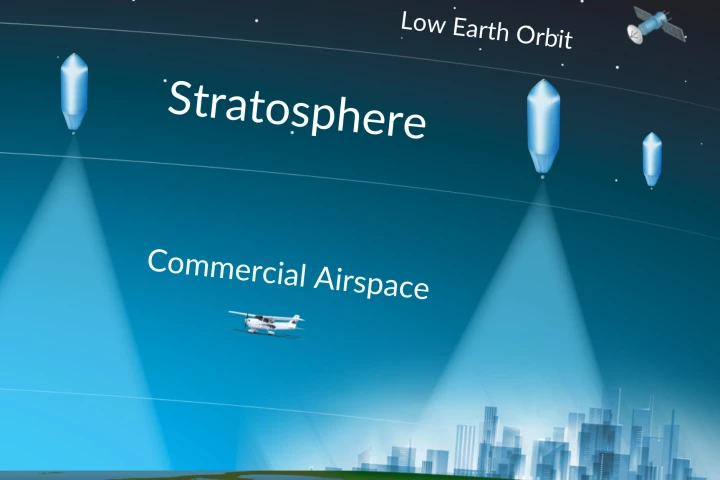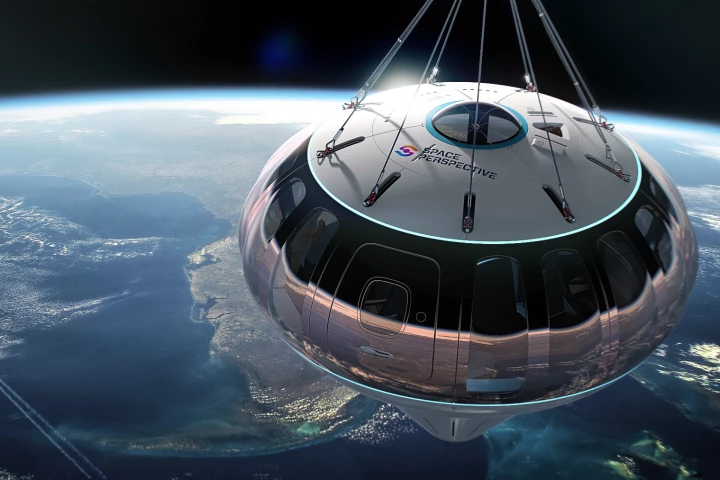Balloon
-
Here's a world record I didn't know needed breaking. Highlining legend Julien Roux has walked on a tightrope drawn between two hot air balloons nearly 14,000 feet up in the air – surpassing the previous best by half a mile in altitude.
-
We're now one step closer to seeing tourists making balloon flights to the edge of outer space. Just last week, Florida company Space Perspective sent a balloon-lifted test capsule to the outer limits of our planet's atmosphere, followed by a successful splashdown landing.
-
Solar eclipses don’t just look cool – they can send gravity waves rippling through Earth’s atmosphere like dropping a stone in a pond. An international team of students has measured these gravity waves for the first time.
-
Paying passengers could be flying to the edge of space as soon as next year, but not with the company you might think. Spain's EOS-X Space has announced that it's nearing finalization of a capsule that will be hoisted heavenward by a giant balloon.
-
The wilderness can instantly leave you stranded and in desperate need of rescue. Airmarker debuts a new survival beacon that can triumph where others fail, sending up a visual indicator of the victim's exact location, without battery or connectivity.
-
When someone says they're planning on using a balloon to take tourists to the edge of space, you may wonder if they'll ever get past the conceptual stage. Space Perspective has gotten past it, by building a physical test model of its Neptune capsule.
-
High-altitude platform stations (HAPS) are effective tools for communication and surveillance because they operate from the stratosphere, much closer to earth than satellites. But how do they stay on track?
-
When NASA's high-altitude balloon lifts off from Antarctica in December 2023 at the start of its up to four week voyage over the South Pole, it will carry one of the largest mirrors ever to fly on such a high-tech gas bag.
-
When it comes to taking high-res aerial photographs, we generally look to satellites, drones or full-size aircraft. Colorado-based Urban Sky's new Microballoon system, however, is claimed to deliver higher-resolution images at a much lower cost.
-
As handy as multicopter drones are, the endlessly spinning blades are noisy, energy-intensive and potentially dangerous. So Japanese company NTT Docomo has now unveiled bouncy blimp-like drones that get around using an ultrasonic propulsion system.
-
While the Hubble Space Telescope has provided us with a wealth of data, getting it into orbit was quite expensive. The SuperBIT telescope is an intriguing alternative, as it hangs beneath a balloon instead of being launched by a rocket.
-
Cape Canaveral's Space Perspective has officially started selling tickets for the highest balloon ride of them all: a six-hour floating journey to the edge of space, where you can watch the sunrise. At US$125,000 a seat, flights start in 2024.
Load More











